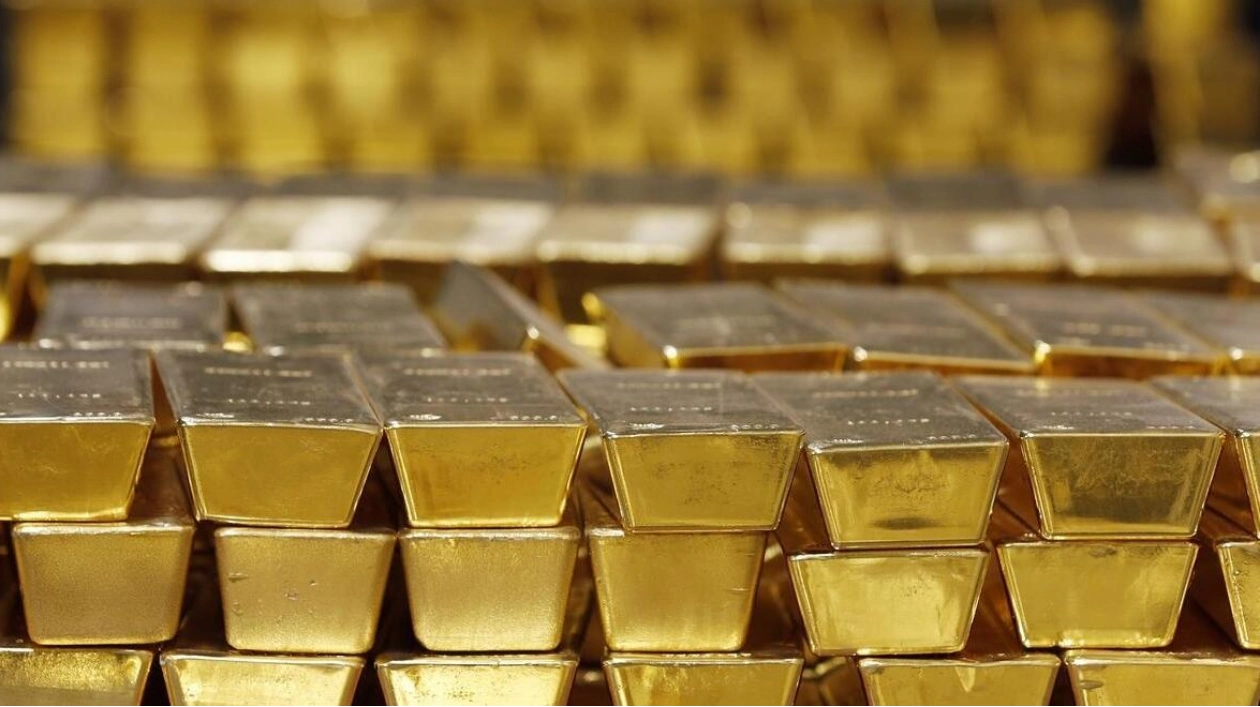Gold prices experienced a decline on Monday, influenced by a strengthening dollar as investors anticipated the upcoming U.S. Federal Reserve policy meeting for hints on potential interest rate reductions. By 1603 GMT, spot gold had decreased by 0.4% to $2,376.2 per ounce, while U.S. gold futures for August delivery fell by 0.2% to $2,375.
Marex analyst Edward Meir commented, "The dollar has gained strength, and recent data from China indicates a drop in gold consumption, which is a significant negative factor." The U.S. dollar climbed by approximately 0.3% to reach a more than two-week high against other currencies, making gold pricier for holders of other currencies. In China, the largest consumer of gold, consumption dropped by 5.6% in the first half of 2024 due to a sharp decline in demand for gold jewelry, although purchases of gold bars and coins increased.
However, concerns over escalating conflicts in the Middle East, particularly after a rocket attack in the Israeli-occupied Golan Heights, supported gold's appeal as a hedge against geopolitical risks. Market speculation suggests that the Fed might prepare for a rate cut in September during its policy meeting on Wednesday.
Fawad Razaqzada, a market analyst at Forex.com, noted in a report, "Should the Fed adopt a dovish stance, expectations could rise for up to three rate cuts by the end of the year." Gold ETFs, which hold bullion for investors, recorded net inflows of 9.8 metric tons last week, according to the World Gold Council, and are on track for their third consecutive month of net inflows, totaling 39 tons in July.
In India, another significant gold consumer, demand for jewelry and gold bars and coins could increase by 50 metric tons in the second half of 2024, following the recent reduction of the state gold import tax to its lowest level in 11 years, according to the World Gold Council. Additionally, spot silver decreased by 1.2% to $27.54 per ounce, while platinum rose by about 1.4% to $948.47 and palladium increased by 0.6% to $905.22.






